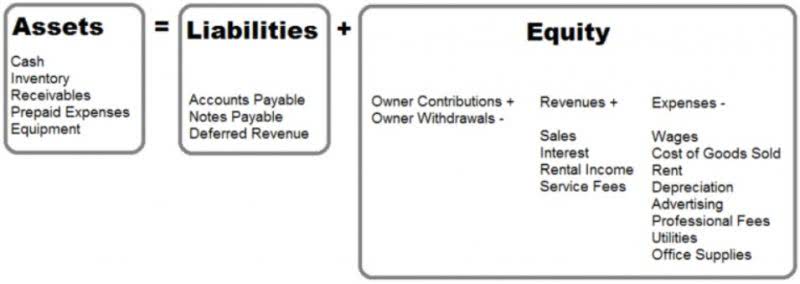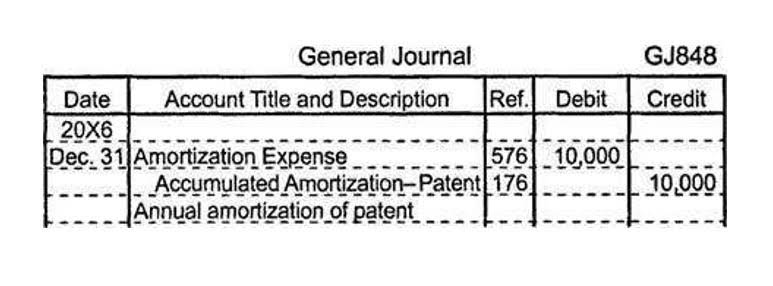
Universities like the University of Illinois have negotiated indirect cost rate agreements with the federal government. These agreements set out the rates and methods used to calculate and recover indirect costs on federally-sponsored programs. One are the fixed indirect costs, which are unchanged for a particular project or company, like transportation of labor to the working site, building temporary roads, etc. The other are recurring indirect costs, which repeat for a particular company, like maintenance of records or the payment of salaries. Indirect costs incurred in manufacturing operations are known as manufacturing overhead, while indirect costs incurred in the general and administrative area are known as administrative overhead. Examples of indirect costs are accounting and legal expenses, administrative salaries, office expenses, rent, security expenses, telephone expenses, and utilities.
overheads vs indirect costs: What’s the Difference?
Tracking each type of cost separately can help small businesses understand their cash flow, price their items properly and attain the maximum allowable tax deductions. If you need assistance with breaking down your business’s expenses, contact a professional accountant or choose accounting software that can support your business. indirect costs are also referred to as costs. It’s important to know the difference between the types of costs because it gives you a greater understanding of your product or service, thus leading to more competitive pricing. In addition, when tracking direct and indirect costs, you will have a better grasp on your accounting and be better equipped to plan for the future.
How AI is Shaping the Future of Data Center Construction
However, the lab still relies on the university’s administrative staff, facilities, and equipment even if they cannot be traced to a specific activity. If you want to determine your indirect cost rate, you need to use cost allocation. Cost allocation is the process of distributing your indirect costs among specific departments or projects. Indirect expenses, or overhead costs, are expenses that apply to more than one business activity. You cannot apply an indirect cost directly to the production of a specific good or service. If you want to determine the portion of your indirect costs that go towards producing certain items, you must distribute the costs.

Examples of Indirect Costs
- Modified Total Direct Costs, excludes equipment, capital expenditures, rental costs, tuition remission, scholarships and fellowships, participant support costs and the portion of each subaward in excess of $25,000.
- Taylor Riso is a marketing professional with more than 10 years of experience in the construction industry.
- Although selling costs and general and administrative costs are considered nonmanufacturing costs, managers often want to assign some of these costs to products for decision-making purposes.
- A construction takeoff refers to the process of using construction plans and documents to determine exactly what materials a contractor will need to complete a project.
- The other are recurring indirect costs, which repeat for a particular company, like maintenance of records or the payment of salaries.
- Indirect costs extend beyond the expenses you incur when creating a product; they include the costs involved with maintaining and running a company.
- Each table is unique and built to customer specifications for use in homes (coffee tables and dining room tables) and offices (boardroom and meeting room tables).
For Justin, these two costing terms and their respective application to his business will enable him to more effectively and efficiently identify, review, and plan for costs. This distinction between indirect and direct costs is a simple yet effective tool for classifying and accounting for the costs incurred to deliver goods or services. Indirect costs refer to expenses that are difficult to directly allocate to a specific project or activity. Common examples include administrative salaries, utilities, and facility maintenance. Understanding how to accurately calculate and budget for indirect costs is an important part of managing organizational finances and creating realistic budgets and proposals.
- The second highest cost on the income statement—selling and general and administrative expenses—totaled $22,800,000,000.
- By doing so, they can make informed decisions, optimize resource allocation, and ultimately drive their business towards long-term success.
- Direct labor includes the production workers who assemble the boats and test them before they are shipped out.
- Tracking each type of cost separately can help small businesses understand their cash flow, price their items properly and attain the maximum allowable tax deductions.
- This rate is then multiplied by the number of direct labor hours worked in each department to determine the share of overhead costs for each.
Indirect costs refer to expenses that are not directly tied to the production or delivery of goods or services. While these costs may not be immediately apparent, they can have https://www.bookstime.com/bookkeeping-services/kansas-city a significant impact on the financial health of a business. Understanding the influence of indirect costs is crucial for making informed decisions and maintaining profitability.
Examples of Indirect Manufacturing Costs
These costs are required for an organization to operate, enabling the production of a product or service. The most common examples of indirect costs include the following expenditures, assuming they are not specific to a cost object, such as a product, service, department or project. After pinpointing all indirect expenses, the next step is to project their anticipated amounts. Fixed indirect costs, such as monthly office rent or the one-off cost of establishing a project site office, remain relatively constant. Differentiating between these cost types is essential for thorough and precise budget forecasting.


This integration centralizes data and can aid in making informed decisions, and that indirect costs may remain within the allocated budget. The tools used in construction projects — especially those that are reusable across different projects —are considered indirect costs. While a specific excavator might be a direct cost to a particular project, smaller tools used across multiple projects, like hammers or drills, are considered indirect costs.
Breaking Down the Cost of Cloud Computing in 2024 – TechTarget
Breaking Down the Cost of Cloud Computing in 2024.
Posted: Fri, 22 Mar 2024 07:00:00 GMT [source]